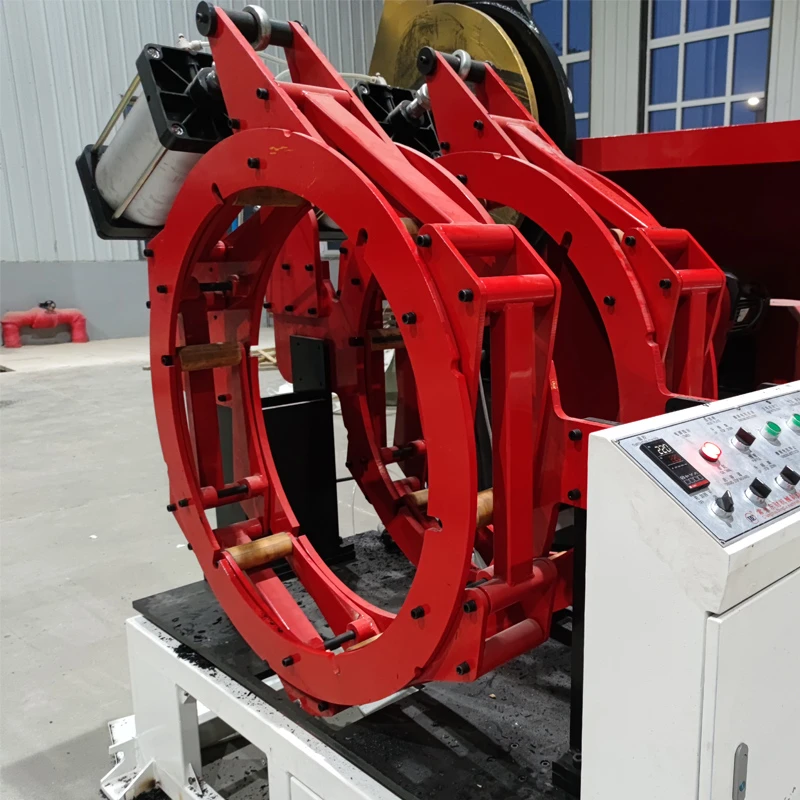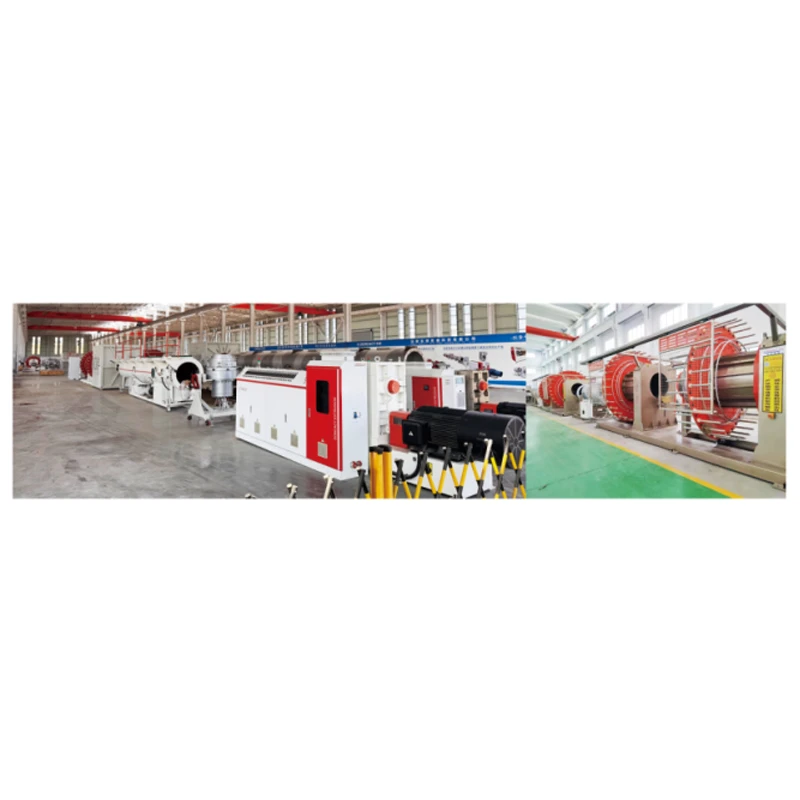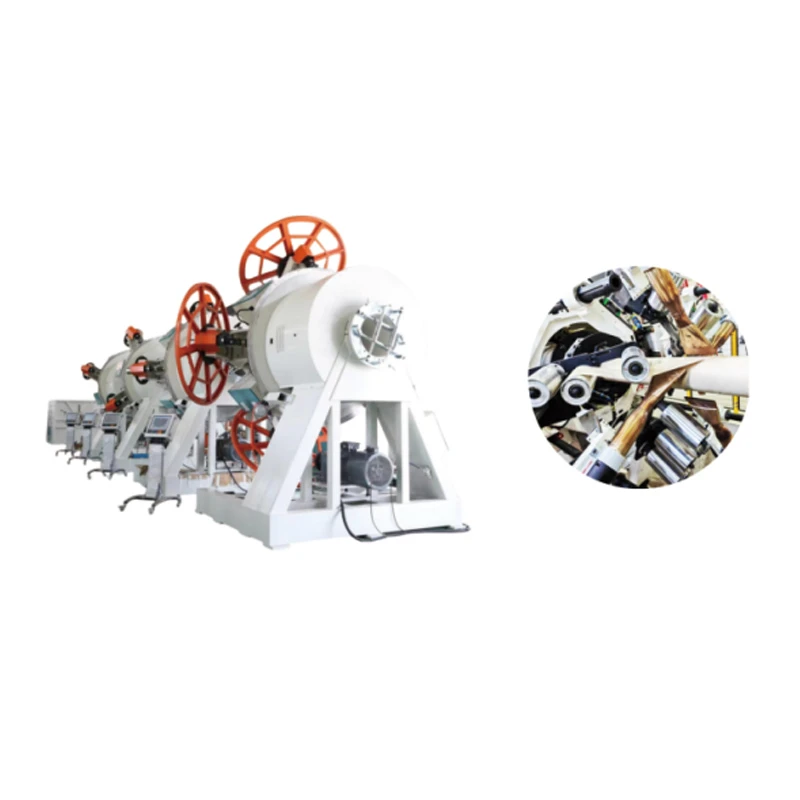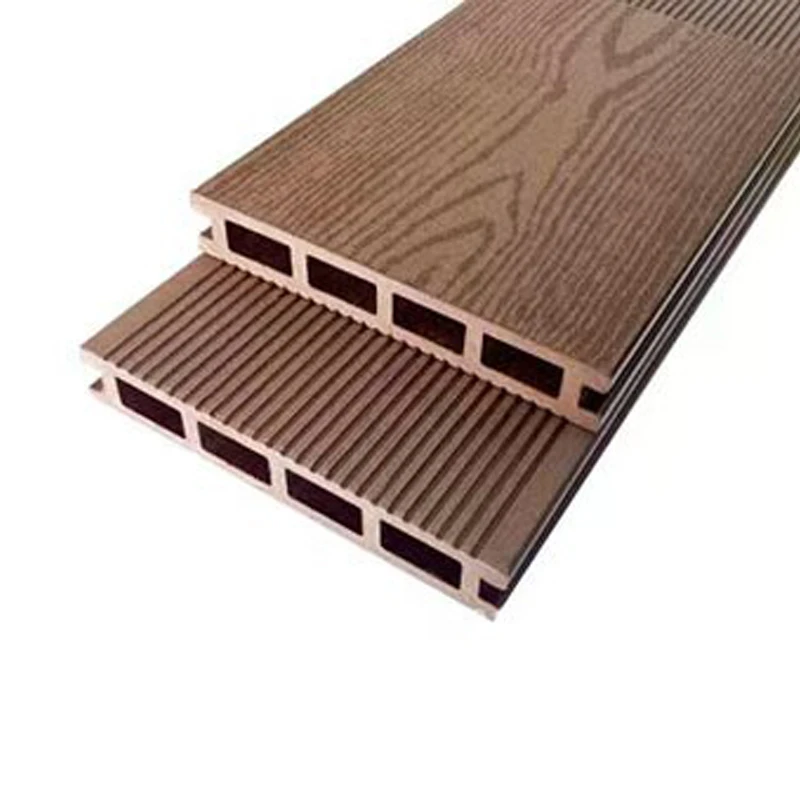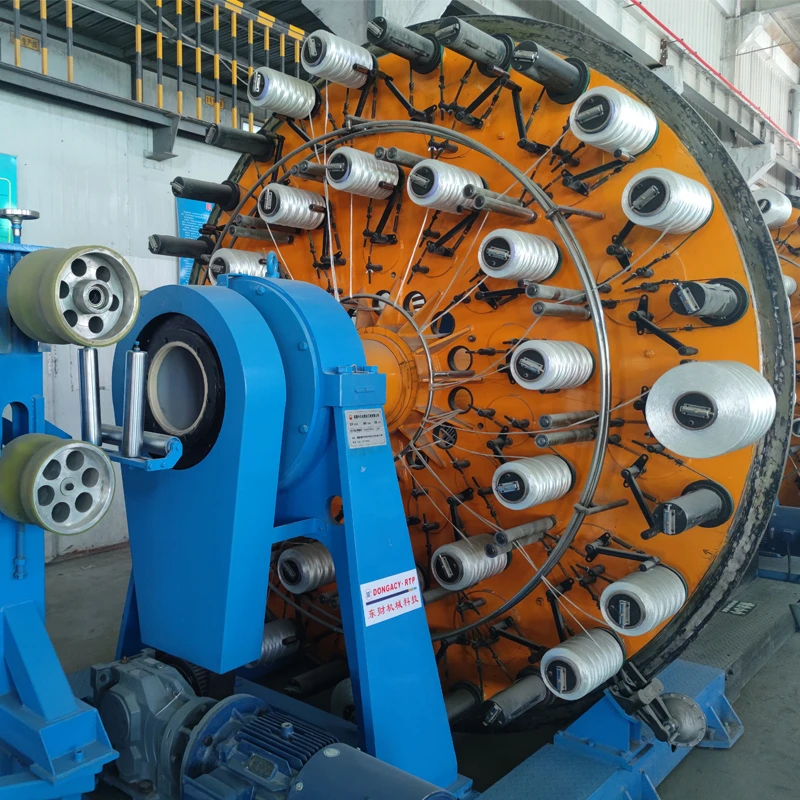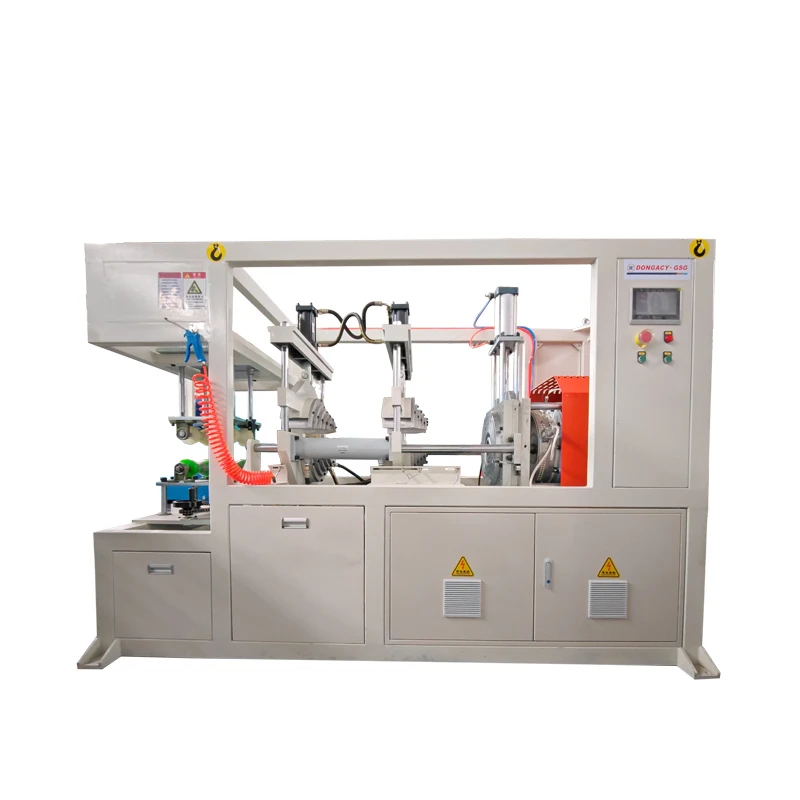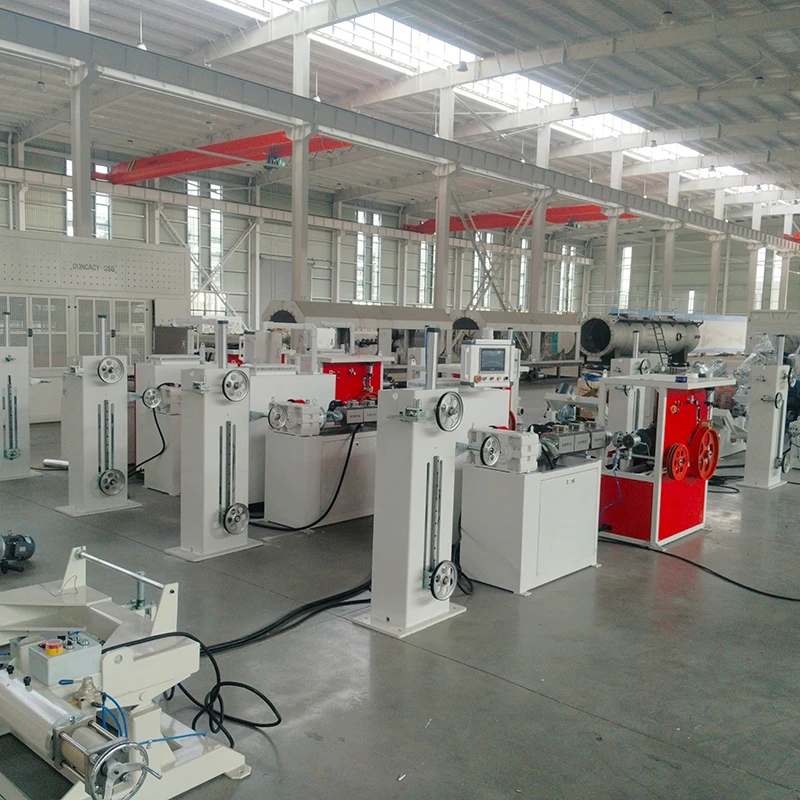
- Fundamentals of PP Extrusion Technology
- Performance Advantages of Modern Extrusion Machinery
- Comparative Analysis of Leading Manufacturer Solutions
- Custom Engineering Approaches for Production Challenges
- Material Flexibility in Polymer Processing Applications
- Industry-Specific Application Case Studies
- Sustainable Future for PP Extrusion Innovation
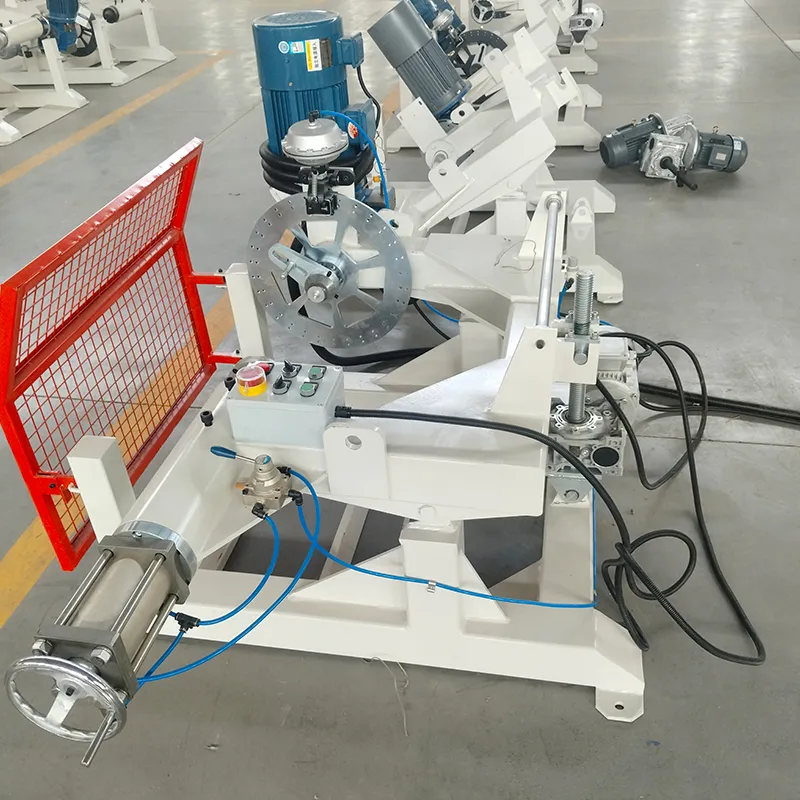
(pp extrusion machine)
Fundamentals of PP Extrusion Machine Technology
Modern PP extrusion machines transform polypropylene resin into consistent profiles, sheets, and filaments through controlled thermomechanical processes. The extrusion process begins when raw PP pellets enter the hopper, moving through a precisely engineered barrel where heat and shear forces generate homogeneous molten material. At the processing temperature range of 200-280°C, the molten polymer achieves optimal viscosity before being forced through specially designed die heads that determine the final product configuration.
Twin-screw configurations now dominate 78% of high-volume applications due to superior mixing capabilities, while single-screw units remain viable for simpler monofilament extrusion machine operations. Downstream equipment works in concert with the extrusion process: haul-off units establish critical tension control (±0.5% variation), calibration tables ensure dimensional precision (±0.15mm tolerance), and cutting systems execute precision-length severing. Modern microprocessor-controlled systems maintain thermal stability within ±1.5°C throughout continuous production runs spanning 500-800 operational hours before routine maintenance interventions.
Performance Advantages of Modern Extrusion Machinery
Contemporary extrusion compounding machines integrate revolutionary performance features that substantially increase production efficiency. Energy-saving DC motors with regenerative drives achieve 15-22% power reduction compared to conventional systems. Advanced torque distribution systems maintain constant screw speeds within 0.2 RPM deviation, eliminating material surging that previously caused 3% production waste. Barrier screw designs featuring specialized flight geometry reduce residence time variability to under 8 seconds.
Industry data indicates automated thickness monitoring systems have reduced material consumption by 12-18% while improving product consistency. Integrated melt pressure sensors with precision exceeding ±0.3% provide real-time viscosity control feedback. Modern PP extrusion equipment achieves output gains exceeding 34% compared to decade-old models through optimized screw channel depths and L/D ratios of 40:1 to 60:1. Processor validation studies confirm these designs achieve specific energy consumption rates of 0.28-0.35 kWh/kg for standard polypropylene processing.
Comparative Analysis of Leading Manufacturer Solutions
| Manufacturer | Production Range (kg/hr) | Screw Configuration | Energy Efficiency (kWh/kg) | Precision Tolerance (±mm) |
|---|---|---|---|---|
| Milacron | 450-3,200 | Co-rotating Twin Screw | 0.32 | 0.12 |
| KraussMaffei | 380-2,800 | Multi-stage Single Screw | 0.36 | 0.15 |
| Davis-Standard | 420-3,500 | Counter-rotating Twin | 0.30 | 0.18 |
| Coperion | 500-3,800 | Modular Twin Screw | 0.29 | 0.10 |
Production data reveals Coperion's ZSK Mc18 series achieves output rates 18% above industry averages through its modular barrel design and specialized screw elements. KraussMaffei's PX series counters with rapid material changeover capabilities averaging 14 minutes between polymers. Davis-Standard's configuration-specific controls consistently deliver dimensional stability in thin-film extrusion applications (±1 micron thickness variation). While Milacron's power density ratio of 12:1 provides advantages for reinforced PP compounds requiring additional mixing energy.
Custom Engineering Approaches for Production Challenges
Extrusion system customization addresses specific application requirements that standard equipment configurations cannot satisfy. For operations requiring rapid material transitions, dual-plenum hopper systems with patented purge channels reduce material change times by 65%. Manufacturers now implement specialized screw profiles optimized for specific material formulations - filled PP composites require hardened flight tips (HRC 58-62) while medical applications utilize chrome-nickel surface treatments.
Battery separator production necessitates micro-filtration systems with absolute ratings down to 15 microns. A leading automotive supplier achieved 33% scrap reduction through custom melt pipe geometry that eliminates stagnant material pools. For biodegradable polymer production, specialized corrosion-resistant alloys (1.4571/1.4404 stainless) preserve material integrity through the extrusion process. One European converter implemented modular barrel sections that quadrupled production line flexibility, enabling switches between PE extrusion machine setups and monofilament extrusion within operational shifts.
Material Flexibility in Polymer Processing Applications
Modern extrusion technology accommodates increasingly diverse thermoplastic materials beyond standard polypropylene. Machine configurations handle varying rheological requirements from low-density polyethylene (MI: 25 g/10min) to high-viscosity engineering resins like PPS (MI: 18 g/10min). Material compounding capabilities allow direct incorporation of additives - flame retardants (25% loading), color masterbatches (3-5%), glass reinforcements (40% maximum) - without pre-compounding steps.
Specialized PP extrusion equipment configurations now process materials with broad thermal requirements: TPU extrusion occurs at barrel temperatures between 160-200°C while PVDF requires precise thermal control in the 230-290°C range. Recent advancements address challenging filled systems: calcium carbonate-filled PP (72% loading) flows efficiently through extruders with 50mm screw clearances. Barrier flight designs significantly reduce carbon black dispersion variability - industry trials show Delta E color variation improvement from 0.8 to 0.3 across production lots.
Industry-Specific Application Case Studies
Packaging sector implementations demonstrate enhanced capabilities: a German converter achieved 60% energy reduction after installing servo-driven extrusion compounding machines with intelligent power management. The new configuration outputs 2.8 metric tons/hour of oriented PP film while maintaining ±0.2% thickness tolerance. Medical manufacturers now employ coextrusion systems with up to 9 material layers, producing surgical barrier fabrics with simultaneous moisture resistance and breathability functionality.
In textile applications, high-precision monofilament extrusion machine installations generate filaments from 50-800 denier at line speeds reaching 1200 m/min. Construction material production utilizes specialized PP extrusion lines that integrate directly with lamination equipment, producing composite building panels at 17m/minute. A notable Japanese project implemented multilayer extrusion combining recycled PP (40%) with virgin materials while maintaining strict mechanical properties required for automotive interior components.
Sustainable Future for PP Extrusion Innovation
The extrusion machinery sector advances toward greater sustainability through technological innovation incorporating AI-driven optimization. Systems equipped with machine learning algorithms demonstrate continuous output improvements of 1.2-1.5% per operational quarter by dynamically adjusting parameters. New-generation PE extrusion machine configurations integrate directly with recycling streams, maintaining product quality with up to 100% PCR content through sophisticated melt filtration technology.
Energy recovery systems capturing waste heat now provide 15-20% thermal energy reduction across extrusion processes. Emerging technologies include direct graphene integration equipment capable of producing conductive PP composites (0.5-3 S/cm) without intermediate steps. Major research initiatives target viscosity stabilization improvements exceeding 48% reduction in variability. The next evolution of extrusion compounding machines will incorporate predictive analytics that anticipate polymer behavior changes, establishing new benchmarks for resource efficiency in thermoplastic processing.
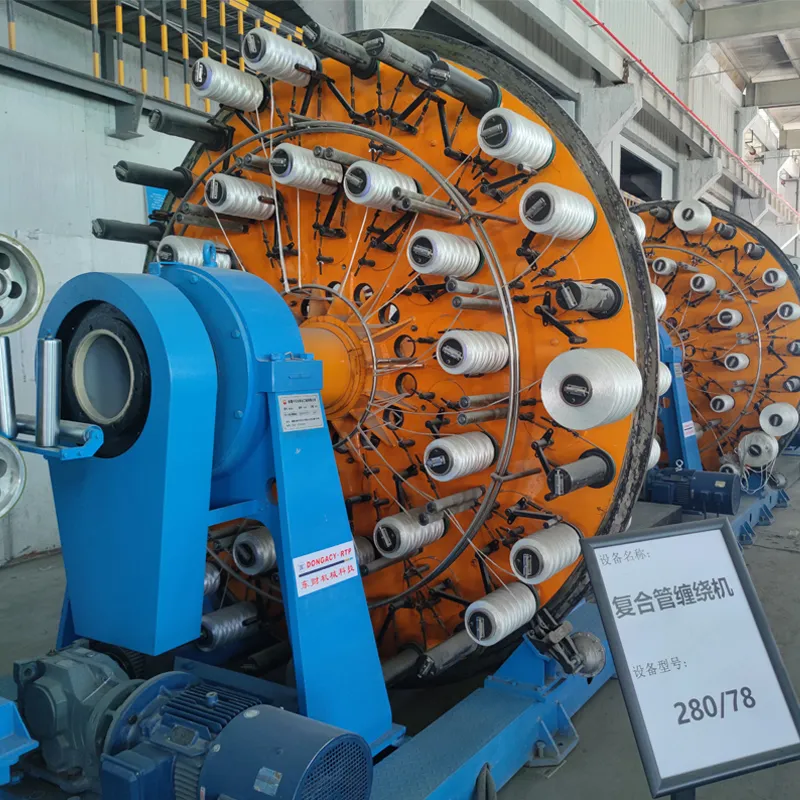
(pp extrusion machine)
FAQS on pp extrusion machine
Q: What is the main function of a PP extrusion machine?
A: A PP extrusion machine melts and shapes polypropylene pellets into continuous profiles like pipes or sheets. Its key components include a hopper, barrel heater, and screw extruder. It’s essential for packaging, automotive, and consumer goods manufacturing.
Q: What distinguishes a monofilament extrusion machine?
A: Monofilament extrusion machines specialize in producing single-strand plastic threads for brushes, nets, or 3D printer filament. They feature precision dies and rapid cooling systems for consistent diameter control. Material versatility includes PP, PE, or nylon polymers.
Q: How does an extrusion compounding machine enhance material properties?
A: Extrusion compounding machines blend polymers with additives like fibers or pigments to modify strength or color. Twin-screw designs ensure homogeneous mixing before pelletizing. This process optimizes materials for end-use in automotive or electronics industries.
Q: What are common uses for a PE extrusion machine?
A: PE extrusion machines manufacture polyethylene products such as irrigation pipes, plastic bags, and insulating wires. They operate at lower temperatures than PP systems for melting low/high-density resins. Output efficiency suits high-volume packaging and construction sectors.
Q: Can one extrusion machine handle both PP and PE materials?
A: Yes, many extrusion machines process both PP and PE by adjusting temperature profiles and screw speeds. Modular dies and screws allow quick material switching without overhaul. Compatibility depends on barrel heating ranges and torque specifications.
-
Innovative Solutions in PVC Pipe Production LineNewsJul.18,2025
-
Innovative Solutions in Pipe Extrusion Production LineNewsJul.18,2025
-
Advanced Plastic Profile Extrusion SolutionsNewsJul.18,2025
-
PVC Profiles: The Future of Durable and Cost-Effective Construction SolutionsNewsJun.06,2025
-
PVC Pipe Extrusion LineNewsJun.06,2025
-
High-Quality Polyethylene Pipe Production LineNewsJun.06,2025
-
High-Performance Tube Production LineNewsJun.06,2025

